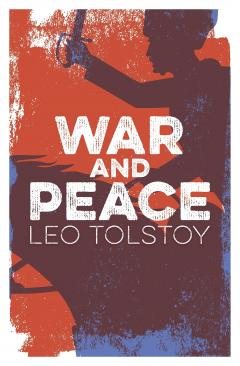By turns philosophical and poetic, this sweeping Russian novel recounts the events surrounding the French invasion of Russia during the Napoleonic era. It covers the years between 1805 and 1813 and is based on extensive historical research. Readers are introduced to the Bolkonskys, the Rostovs, the Kuragins and the Drubetskoy families and discover how they are caught up in the events of the war and how their personal lives interweave with one another. Powerful and evocative, this sweeping novel examines all aspects of the human condition.
War and Peace
Categorii:
Limba:
Engleza
Data publicarii:
2018
Editura:
Tip coperta:
Hardcover
Nr. pagini:
928
ISBN:
9781788885621
Dimensiuni: l: 17cm | H: 24cm
Indisponibil
Preț valabil exclusiv online!
Împachetare cadou gratuită!
Transport gratuit peste 150 de lei.
Retur gratuit în 14 zile.
Ai întrebări? Contactează-ne!

